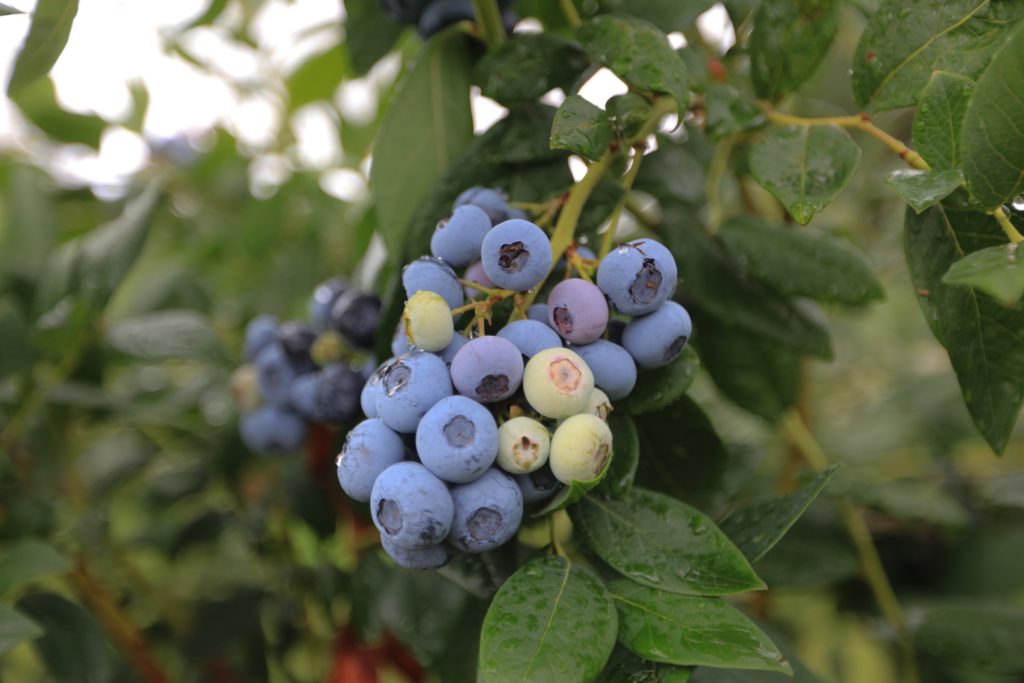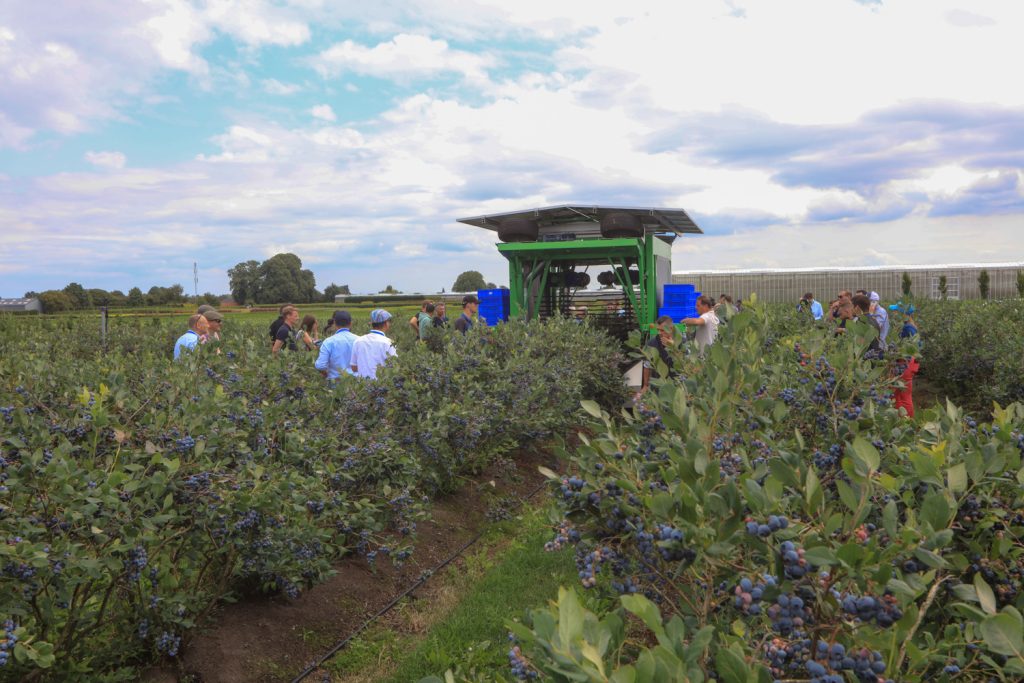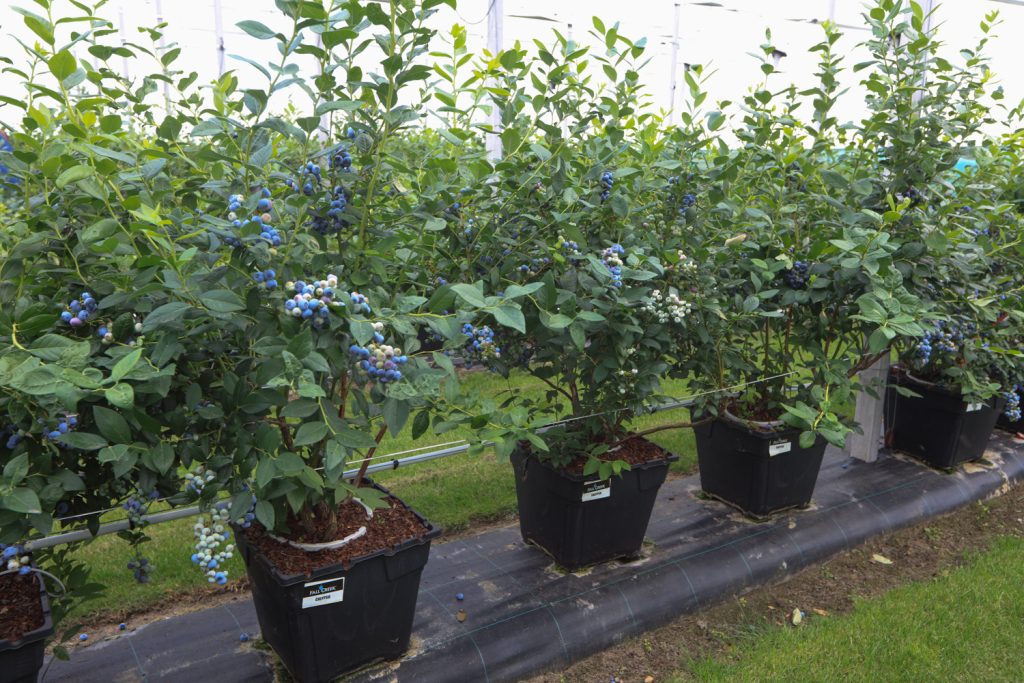Blueberry market. Challenges for the industry.

Blueberry production around the world is constantly growing. According to the forecasts of the International Blueberry Organization, in 2030 the entire industry production will grow from 2 million tons per year to 3 million tons of blueberries harvested around the world. Will blueberries become the most popular fruit around the world at this time? Achieving such result will be a challenge for the entire industry.
Blueberries 365 days a year
Observing how the blueberry market is developing in the world (this species is already cultivated on all 7 continents of the world), we can see the growing supply of these berries but also progressive changes in quality. Everything indicates that the quality of blueberries will continue to improve, also due to development and implementation of new varieties, and this is positive. The customer should be assured of constant high fruit quality for 52 weeks a year. Customers are more aware, they buy fruit, paying attention to where it comes from and how it was produced. That is why it is so important to build a local market for fruit. Looking at blueberries as only export fruit is often wrong. In many countries, such as the Netherlands, Germany, Great Britain, the awareness of purchasing products of local origin, often despite higher prices, is becoming an increasingly common phenomenon.
In 2030, the volume of global blueberry production may reach or exceed 3 million tons. This will force the need of building an increasing demand for fruit, said Cort Brazelton during the last International Blueberry Organization summit in Poland. And later added: We have to make blueberries our favorite fruit. For this to be successful, blueberries must be of high quality 365 days a year. We need to make sure that consumers do not experience disappointment when buying and consuming blueberries.

Trends in breeding new varieties
In addition to the firmness of blueberry fruit, an important feature is susceptibility to bruising. More and more blueberries are harvested (and will certainly be in the coming years) by machine harvesters and then graded on sorting lines. This exposes them to a number of potential internal defects. When assessing new varieties, it becomes necessary to verify the fruit in terms of susceptibility to such damage. It is expected that many new blueberry varieties will appear on the market in the near future, often very similar to each other. It is crucial to check how well it performs in a specific location (microclimate conditions) before planting such a new variety.
How are blueberries perceived by consumers?
It is necessary to create a global consumers’ perception of blueberries as fruits with special health benefits. Consumer research conducted in the USA has shown that men and families with children at home are most likely to reach for blueberries and buy them regularly. This is very important information because it shows how blueberries should be promoted and what group of recipients to target. There are many health-promoting arguments that can help us promote blueberries.

The barriers mentioned by consumers include the variable quality of blueberries during subsequent purchases and the price. Among all the most frequently consumed fruits, blueberries still have many rivals. The list of the most commonly bought fruit currently includes oranges, mangoes and strawberries. Therefore, activities promoting blueberries are still necessary. In the United States, the perception of the health benefits of eating blueberries is already being created. Blueberries for mental health, blueberries for the heart, blueberries for well-being. It’s worth reaching for blueberries and grin – this is an example of one of the advertisements promoting the consumption of blueberries in the USA.
Packaging sizes are specific to individual markets. In the USA, 250 and 500 g packages are standard, and in periods of high supply (lower prices) packages containing 1 kg of fruit are also common. Americans like everything big. When there is a stable supply of fruit, packaging is not so important.
Let’s make blueberries the world’s favorite superfruit – this should be the goal of all blueberry market participants – says Dominika Kozarzewska, president of the Polskie Jagody group.
Climate limitations
Cultivation of many species, including blueberries, in traditional regions is subject to various climate changes. This was perfectly demonstrated by the 2023 season and the impact of El Nino on blueberry production in Peru. In many regions, water deficit is becoming a serious threat. Farmers in Spain, California and Portugal are already struggling with this problem. There are many more such challenges for production: land resources for cultivation are shrinking, and the availability of substrates is decreasing. The industry must face environmental issues related to limits on plastic consumption, carbon footprint, efficient water management and fertilizer use. All this forces changes in cultivation technology, while striving for the highest possible yields and the best quality of fruit.
The International Blueberry Conference will be a great opportunity to discuss the future of the blueberry market. It is scheduled for March 7-8, 2024, and it will take place in Ozarow Mazowiecki, Poland. The agenda and registration are available at: https://konferencjaborowkowa.pl/en/home/
























